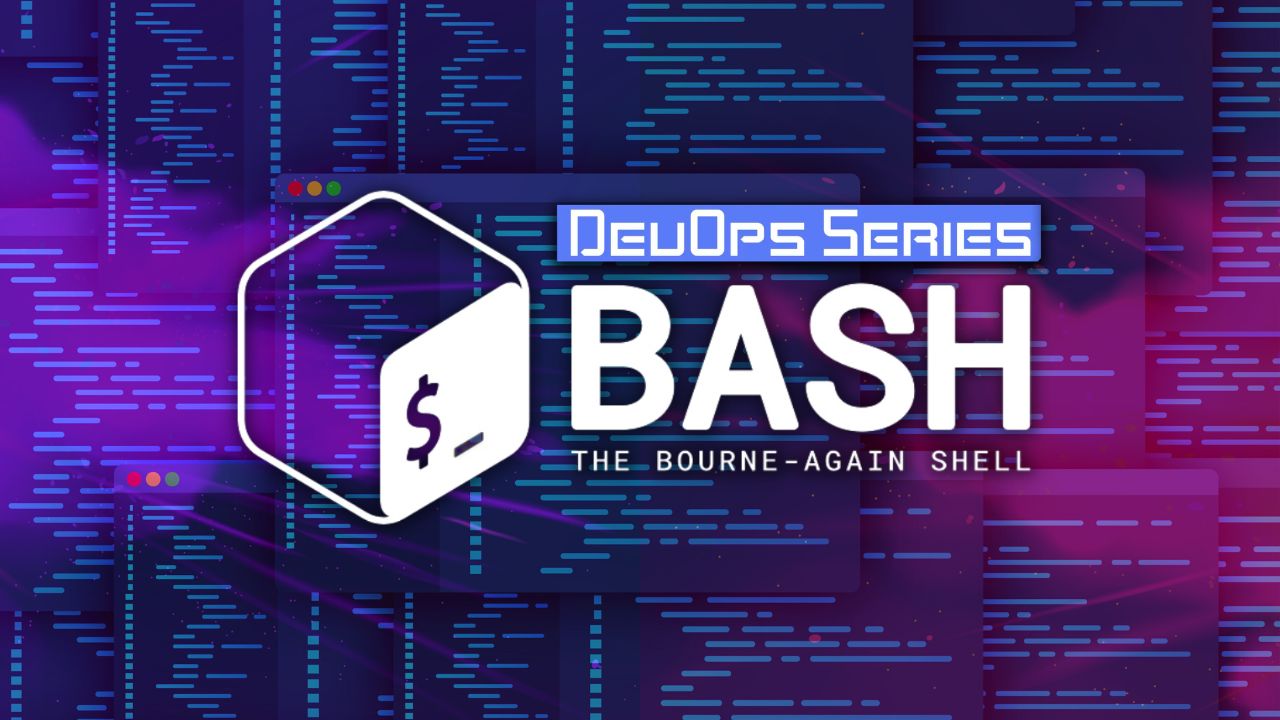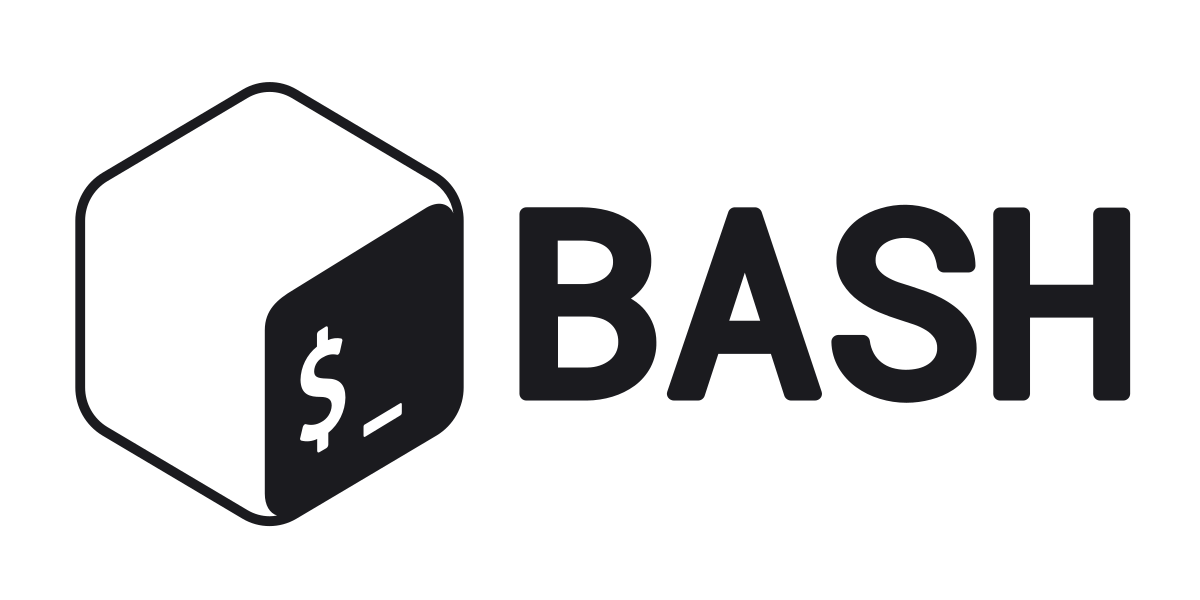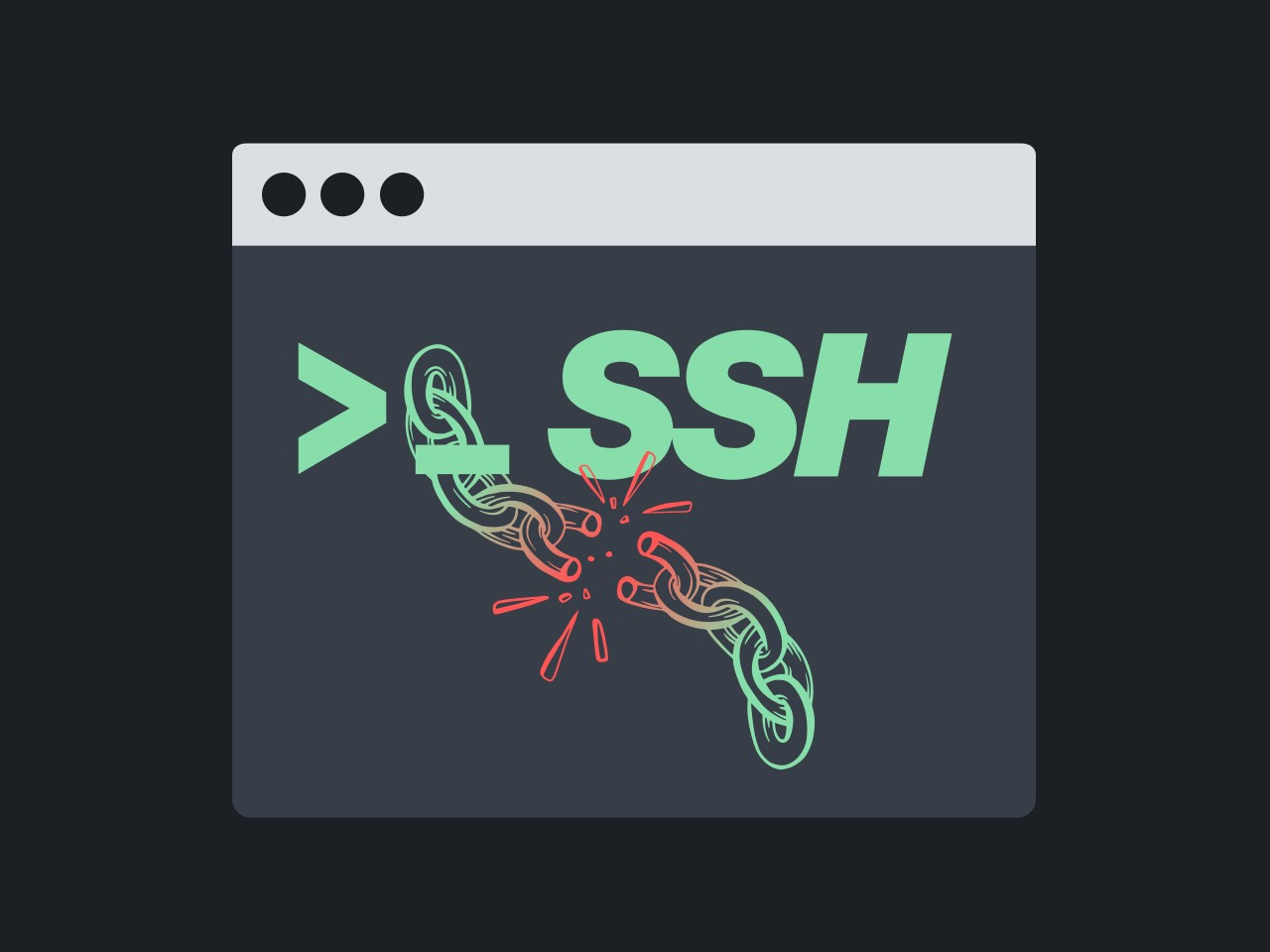Bash scripting stands as a cornerstone skill for anyone navigating the Unix-based operating systems landscape. Whether you’re a system administrator, developer, or power user, mastering Bash scripting can significantly enhance your productivity, efficiency, and problem-solving capabilities. In this comprehensive guide, we’ll embark on a journey from beginner to pro, covering everything you need to know to become proficient in Bash scripting and unlock its full potential.
Getting Started with Bash Scripting
For beginners, the prospect of delving into Bash scripting may seem daunting. However, with the right approach, anyone can learn the fundamentals and start writing scripts in no time. We’ll begin by introducing the basics of the Bash shell, including navigating the command line, executing commands, and understanding basic shell scripting syntax.
Understanding Bash Scripting Fundamentals
Once you’ve familiarized yourself with the basics of the Bash shell, it’s time to dive deeper into Bash scripting fundamentals. We’ll explore essential concepts such as variables, data types, arithmetic operations, and string manipulation. Understanding these fundamentals lays a solid foundation for writing more complex and versatile Bash scripts.
Mastering Control Structures and Flow Control
Control structures and flow control mechanisms are essential tools for directing the execution flow of Bash scripts. From conditional statements and loops to case statements and functions, mastering these constructs empowers you to create scripts that adapt to different scenarios, handle errors gracefully, and perform tasks efficiently.
Leveraging Advanced Bash Scripting Techniques
As you progress on your journey to mastering Bash scripting, you’ll encounter a myriad of advanced techniques and features that can take your scripts to the next level. We’ll delve into topics such as input/output redirection, command substitution, process substitution, here documents, and signal handling. These advanced techniques enable you to manipulate data streams, interact with external commands, and handle complex scripting scenarios with ease.
Best Practices and Tips for Bash Scripting Success
Throughout your Bash scripting journey, it’s essential to adhere to best practices and adopt strategies that promote readability, maintainability, and efficiency in your scripts. We’ll share tips for writing clean, modular, and well-documented scripts, as well as techniques for debugging, testing, and optimizing your code. By following these best practices, you’ll ensure that your Bash scripts are robust, reliable, and scalable.
Real-World Applications and Case Studies
To reinforce your learning and demonstrate the practical relevance of Bash scripting, we’ll explore real-world applications and case studies. From automating system administration tasks and managing file systems to processing data and orchestrating complex workflows, Bash scripting finds application in a wide range of scenarios. By examining real-world examples, you’ll gain insight into how Bash scripting can solve problems, streamline workflows, and enhance productivity in various domains.
Conclusion: Mastering Bash Scripting
Mastering Bash scripting is a journey that requires dedication, practice, and a willingness to continuously learn and improve. By following this comprehensive guide, you’ll progress from a beginner to a pro, equipped with the knowledge, skills, and confidence to tackle a wide range of scripting challenges. Whether you’re automating routine tasks, solving complex problems, or building robust systems, Bash scripting remains an invaluable skill that opens doors to new opportunities and empowers you to thrive in the world of Unix-based computing.











